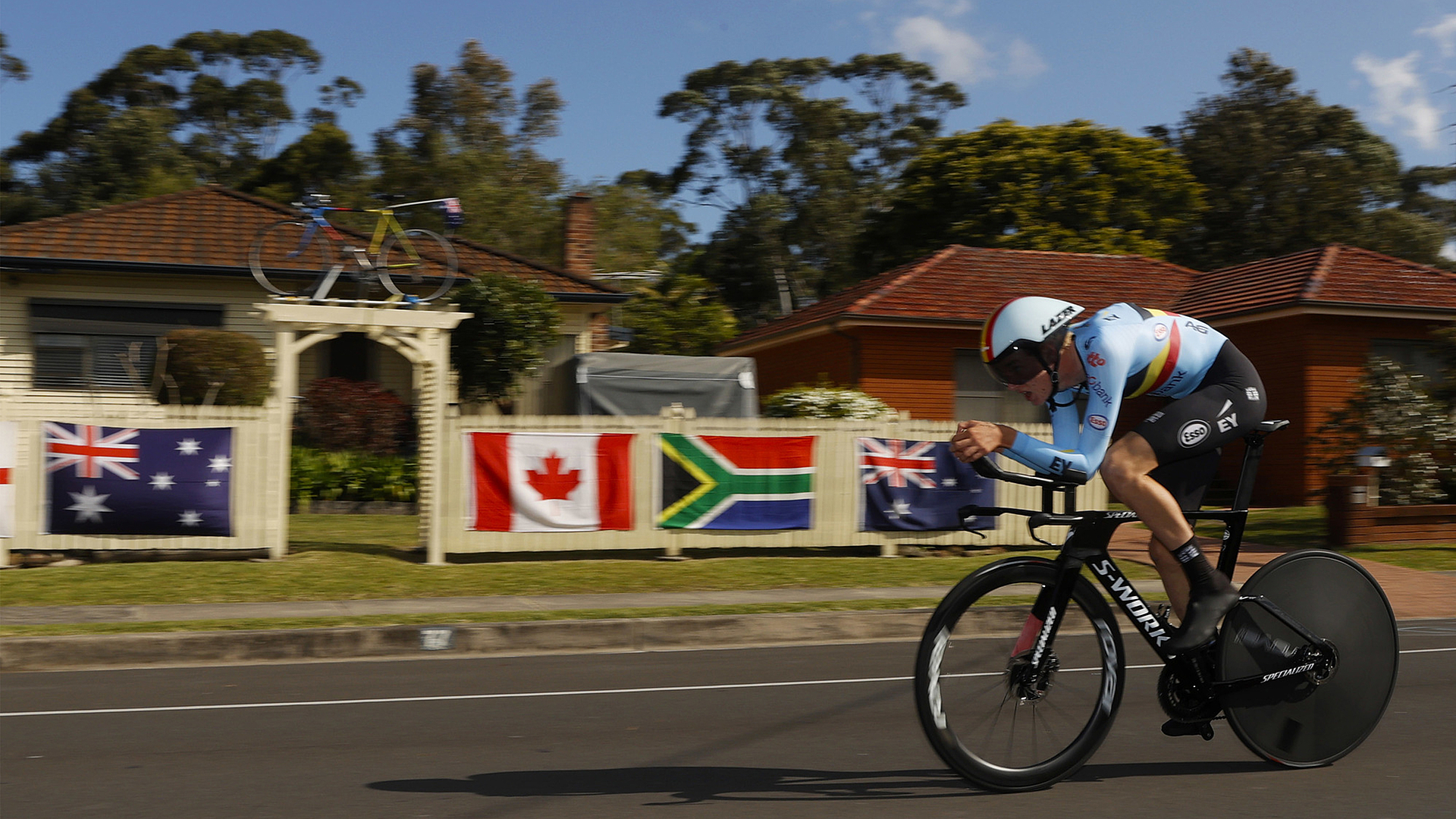
Cycling brings people together – a celebration of nations
July 2023
To celebrate the International Day of Friendship on the 30th of July, we’re taking a special look at cycling as a team sport that brings together athletes from different countries like very few others do. Where else do teams from different countries meet on an international stage without being ranked in national leagues at the same time?
Photo credits:
BORA – hansgrohe / Sprintcycling
BORA – hansgrohe / Anderl Hartmann
BORA – hansgrohe / Bettiniphoto
BORA – hansgrohe
The biggest sporting event in the world
You can ride a bike anywhere in the world – whether you use it just to get around or for exercise. At least once a year all cyclists are given a pretty big kick-start to get pedalling: that’s when the Tour de France with its 21 stages is televised in every country of the world and up to 3.5 billion people are drawn to the screen. This makes the Tour the biggest sporting event of the year worldwide. Best of all, fans all over the globe support its stars, regardless of where they come from and the language they speak. Cycling brings people together.
Colourful globetrotters
Professional cycling teams have an international structure. The international cycling union, the UCI, currently governs registered racing teams from 51 different countries ranging from Afghanistan to Zambia. It’s a similar story for the riders. In the highest of the three leagues, the UCI WorldTour, 44 nations are represented in the 18 men’s teams and 36 in the 15 women’s teams, and the number is rising. Most of the male riders come from France, accounting for 83 out of a total 533 WorldTour pros. Most of the female riders in the world association come from the Netherlands. In these multinational pelotons, international friendships are forged that often last a lifetime, regardless of the team or nationality.
This colourful diversity is also reflected in the UCI WorldTour races. Before heading to Europe, the season starts in January in Australia. Next is the UAE Tour in the United Arab Emirates, before the opening weekend in Belgium at the end of February. After numerous races in Europe, the season comes to an end for some pros in October in China or Canada. Within the WorldTour there are also races in Africa and South America, which attract the best teams in the world. The national championships of each country take place every year. As a special reward, champions can then represent their people for a year by wearing the champion’s jersey in their national colours. The world champion’s jersey particularly stands out thanks to – how could it be otherwise – its rainbow colours.
Band of (international) Brothers
In the case of BORA – hansgrohe too, the cycling team is intentionally international. The 30 pros come from no less than 15 nations. Colombia, New Zealand and Australia must be highlighted, and then there are riders from all over Europe. A total of nine different languages are represented. So, without English and a team spirit whereby origin is irrelevant, the team would be at a standstill. This is also clear from the riders’ very own name for the team, which they call the ‘Band of Brothers’.
In the case of the team behind the team, it’s a similar story. Eight more nations can be found among the physios, mechanics, sporting directors and management. If we combine the staff and riders, the approx. 120 employees cover all of the continents on the earth. That’s truly something that not all teams can claim. A sport that brings together people from all over the globe.